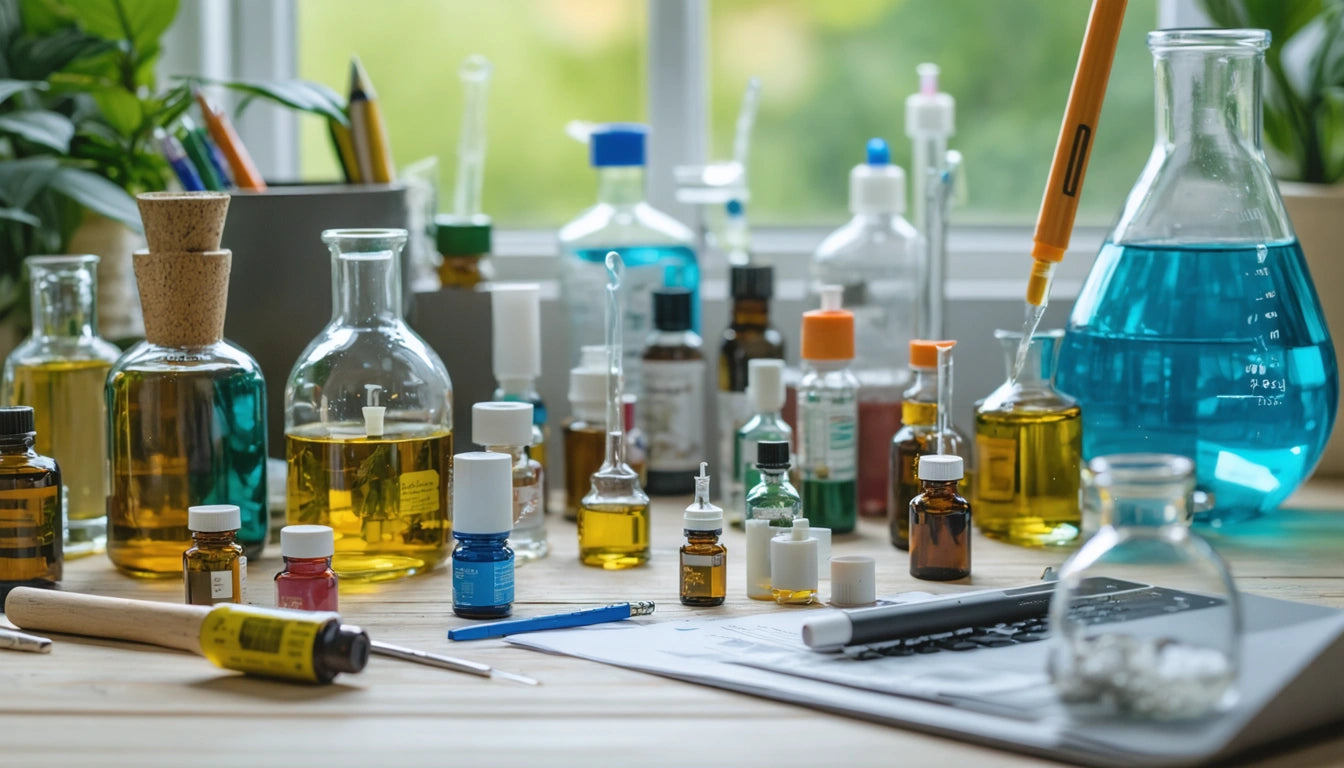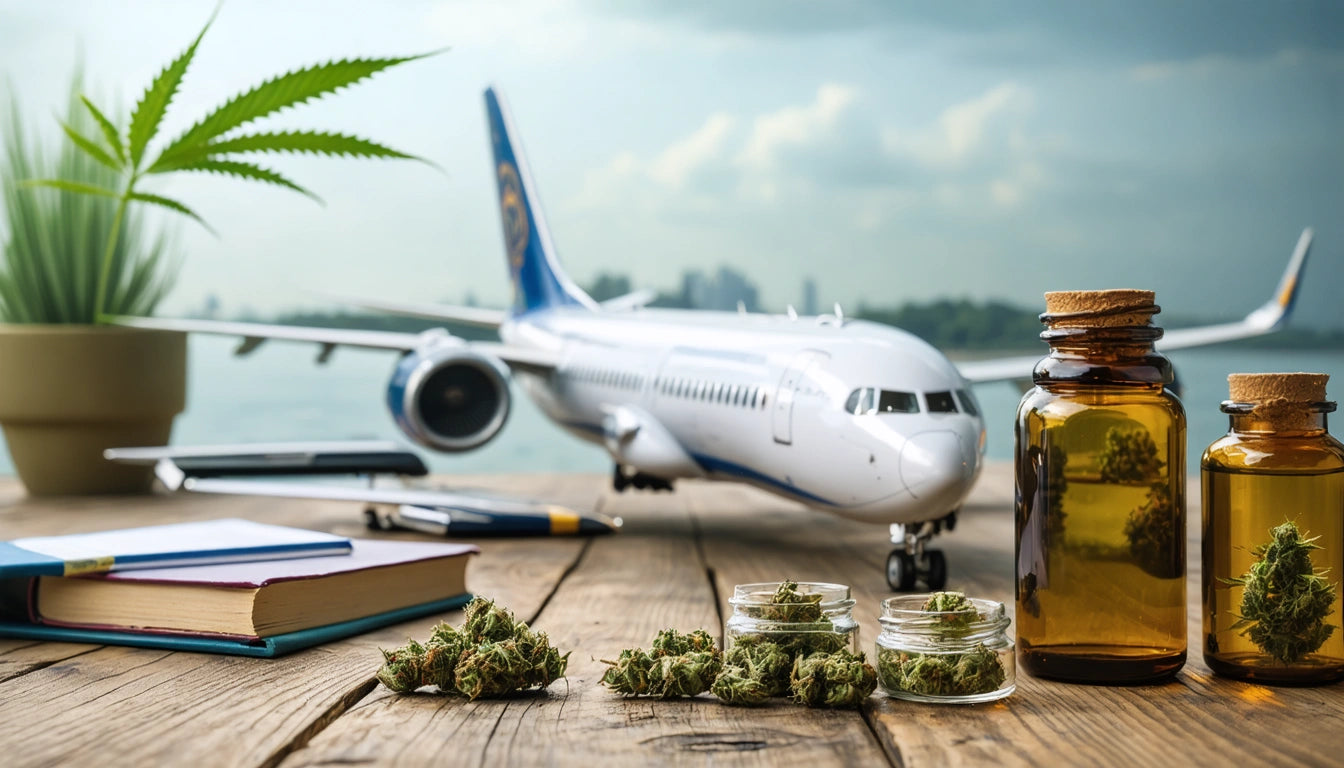Table of Contents
- What is Dabbing: The Basics
- Scientific Breakdown of the Dabbing Process
- Safety Concerns and Health Considerations
- Why Temperature Matters in Dabbing
- Product Quality and Testing Importance
- Safer Dabbing Practices
- Comparing Dabbing to Other Consumption Methods
- Future Safety Innovations in Concentrate Consumption
Dabbing has emerged as a popular consumption method among cannabis enthusiasts seeking potent effects and rapid onset. This concentrated form of cannabis consumption involves vaporizing cannabis concentrates on a heated surface and inhaling the resulting vapor. But as its popularity grows, so do questions about its safety profile, proper techniques, and potential health impacts.
What is Dabbing: The Basics
Dabbing involves heating a cannabis concentrate on a hot surface (typically called a nail or banger) and inhaling the resulting vapor. The concentrates used, commonly referred to as "dabs," include forms like shatter, wax, budder, and live resin. These products contain significantly higher THC levels than traditional flower, often ranging from 60% to over 90% cannabinoid content.
The equipment typically includes a water pipe or "dab rig," a heating element, a nail (usually quartz, titanium, or ceramic), and tools for handling the concentrate. The process delivers an immediate, intense effect due to the high concentration of cannabinoids and terpenes.
Scientific Breakdown of the Dabbing Process
From a scientific perspective, dabbing is a form of flash vaporization. When concentrates contact the heated surface, the cannabinoids and terpenes rapidly convert from solid to vapor without combustion (when done correctly). This process preserves many of the compounds that would otherwise be destroyed during combustion.
The bioavailability of cannabinoids through dabbing is significantly higher than many other methods. The vapor produced contains a concentrated dose of cannabinoids that quickly enters the bloodstream through the lungs, resulting in rapid onset of effects, usually within seconds to minutes.
Safety Concerns and Health Considerations
Respiratory Considerations
Unlike smoking cannabis flower, properly executed dabbing doesn't involve combustion, potentially reducing exposure to harmful byproducts like tar and carbon monoxide. However, research published in the Journal of Analytical Toxicology suggests that dabbing at excessive temperatures can produce toxic degradation products, including methacrolein and benzene.
Extraction Method Safety
The safety profile of concentrates largely depends on their production method. Solvent-based extracts (BHO, propane, etc.) can contain residual solvents if not properly purged. Laboratory testing is essential to verify the absence of these potentially harmful chemicals.
Potency Considerations
The high potency of concentrates presents both benefits and risks. While beneficial for patients requiring significant symptom relief, the intense effects can overwhelm inexperienced users, potentially leading to anxiety, paranoia, or increased heart rate. As discussed in tips for first-time cannabis users, starting with minimal amounts is crucial with high-potency products.
Why Temperature Matters in Dabbing
Temperature control is perhaps the most critical safety factor in dabbing. Too high temperatures (above 600-700 °F) can create harmful byproducts and degrade beneficial terpenes, while too low temperatures may not fully activate cannabinoids.
Low-temperature dabbing (450-550 °F) is generally considered safer, preserving terpene profiles and minimizing the formation of potentially harmful compounds. Electronic temperature control devices have revolutionized this aspect of dabbing, allowing precise temperature management that was previously difficult to achieve with traditional torch heating methods.
For those concerned about temperature precision, specialized cannabis processing equipment can help maintain consistency in preparing concentrates, ensuring more predictable results during the dabbing process.
Product Quality and Testing Importance
The safety of dabbing largely depends on the quality of the concentrate being used. Contaminants to be concerned about include:
- Residual solvents from extraction
- Pesticides (which can become concentrated during extraction)
- Mold or microbial contaminants
- Heavy metals
Third-party laboratory testing is essential for verifying product safety. Consumers should look for certificates of analysis that confirm the absence of harmful contaminants and verify cannabinoid content. Purchasing from licensed, reputable sources significantly reduces safety risks.
Safer Dabbing Practices
To minimize potential risks associated with dabbing, consider these safety practices:
- Use temperature-controlled devices rather than traditional torch methods
- Start with very small amounts, especially for those new to concentrates
- Ensure proper ventilation in dabbing areas
- Use only lab-tested concentrates from reputable sources
- Clean equipment regularly to prevent buildup of residue
- Consider using a timer when heating to maintain consistency
As explained in this comparison of smoking versus vaporizing, proper temperature control can significantly reduce potential harms compared to combustion methods.
Comparing Dabbing to Other Consumption Methods
When considering safety profiles of different consumption methods, dabbing falls somewhere in the middle of the spectrum. It potentially offers advantages over smoking by eliminating combustion when done properly, but may present more respiratory concerns than edibles or tinctures which bypass the lungs entirely.
The onset time and duration of effects also differ significantly from other methods. Dabbing produces almost immediate effects that may last 1-3 hours, compared to edibles which can take 30-90 minutes to onset but last 4-8 hours.
For those seeking alternatives with potentially lower health impacts, safer vaping devices or microdosing methods might be worth exploring.
Future Safety Innovations in Concentrate Consumption
The cannabis industry continues to develop safer dabbing technologies. Innovations include:
- Advanced electronic temperature control systems
- Improved filtration in dab rigs
- Development of solventless extraction methods
- Enhanced testing protocols for concentrates
- Educational resources for proper technique
As research expands and technology advances, we can expect the safety profile of dabbing to improve. For consumers, staying informed about best practices and emerging research remains the best approach to minimizing potential risks while enjoying the benefits of this potent consumption method.
Whether dabbing is "safe" ultimately depends on multiple factors including quality of product, consumption method, temperature control, and individual health considerations. By understanding the science and following best practices, consumers can make informed decisions about incorporating dabbing into their cannabis routine.











Leave a comment
All comments are moderated before being published.
This site is protected by hCaptcha and the hCaptcha Privacy Policy and Terms of Service apply.